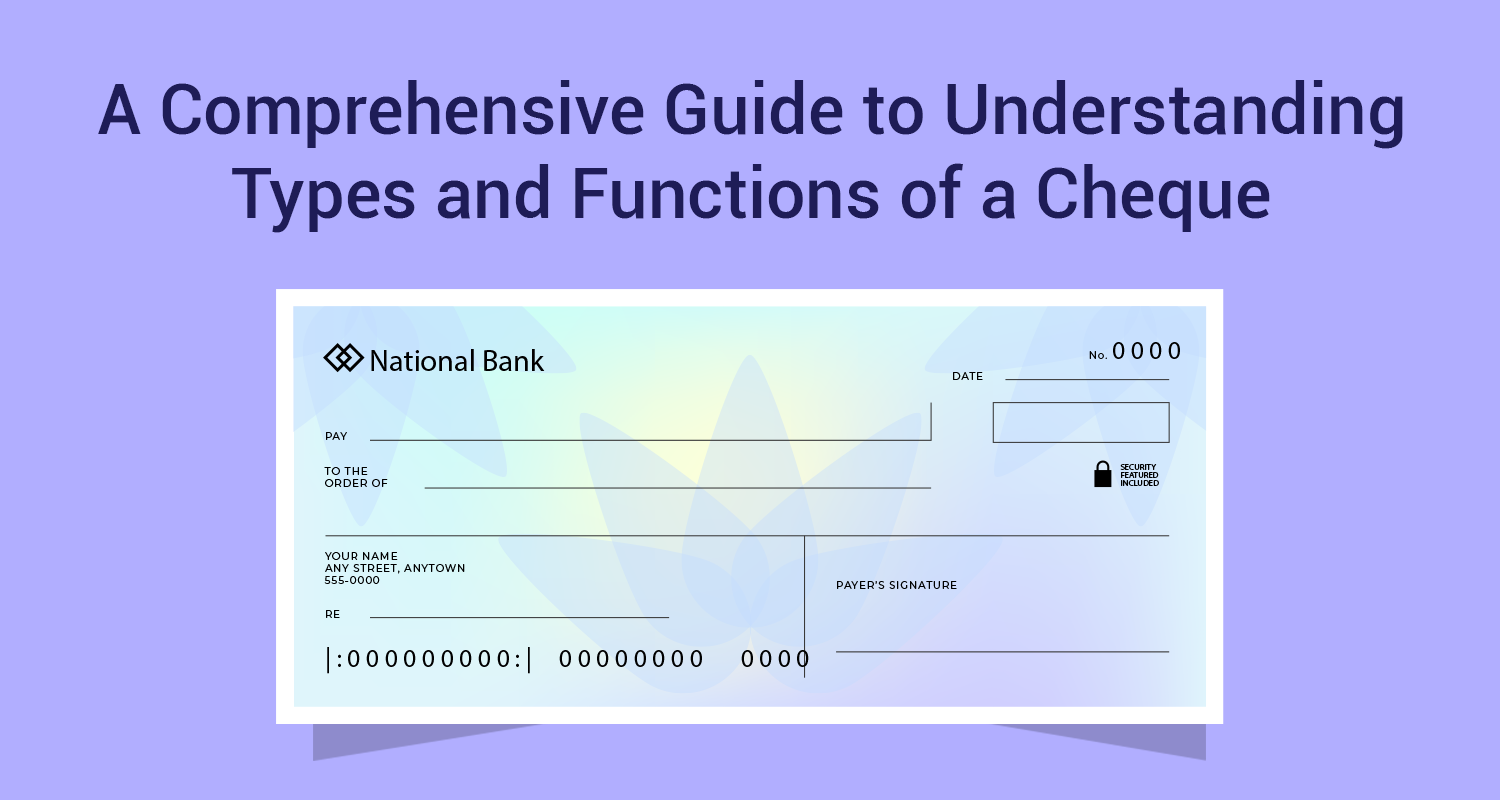I Earn Rs 30,000 And Want To Invest Rs 5,000 Monthly. What Is The Smart Way Of Investing?
The beauty of investments in equity funds is that it can generate enormous returns over the long run. That is because, over the longer run, equity not only beats inflation but also creates wealth. In addition, with the passage of time, the power of compounding also works in your favour. Let us assume that a person earns Rs30,000 per month and now wants to start investing Rs5,000 on a monthly basis. However, this still appears to be a random way of deciding on his investment. Before making the investment decision, the investor must first attempt to answer four important questions.
Is This The Maximum I Can Save Monthly?
Most individuals tend to treat their savings as a residual item. First, the expenses are decided upon and what is left are the savings. Actually, it should be the other way around. Set a target to save and build your expenses accordingly. Of course, you have to be practical. You cannot expect to save Rs 15,000 out of your Rs 30,000 earnings as you already have your regular commitments. But can you stretch your Rs 5,000 monthly savings to Rs 6,000 or Rs 7,000? You may wonder what a difference of a couple of thousands can make to your investment portfolio. If you think so; just check this table out. Here we are assuming that the amount is invested monthly in equity fund SIPs yielding around 14% annual returns.
Particulars
If I save
Rs5000 per month
If I save
Rs6000 per month
If I save
Rs7000 per month
Tenure of Investment
25 Years
25 Years
25 Years
Invested in
Equity Funds
Equity Funds
Equity Funds
CAGR Returns (%)
14%
14%
14%
Total Amount Invested
Rs15 lakhs
Rs18 lakhs
Rs21 lakhs
Value of Investment
Rs136.37 lakhs
Rs163.64 lakhs
Rs190.91 lakhs
The above table throws up in an interesting analysis. If you increase your monthly savings by just Rs1000 then over 25 years you will contribute an additional Rs.3 lakhs. But this additional contribution will give you additional wealth to the tune of Rs27.27 lakhs. That is more than 9 times wealth creation. That is why it is essential to squeeze the maximum you can out of your income to invest. Even small additions matter a lot.
How Much Risk Can I Take With My Money?
Once you are clear on the fact that you need to squeeze the maximum savings out of your income, the next step is to identify how much risk you can take with the money. Normally, your risk is equated with your age. The younger you are, the greater is your risk appetite; that is the standard assumption. While that is intuitively true, that need not be the only consideration. How much risk you can take is also driven by liquidity considerations. For example, if you need the money after 20 years then equity funds can be a good choice. But, if you need the money after 5 years then debt funds would be better and if you are looking at 2 years then liquid funds may be the best deal. Your risk appetite also changes as your goalposts approach.
Equities Or Bonds: What Should I Choose?
When you start investing, there is a basic question you address; should I buy equities or bonds and should I buy direct equities or equity funds? A better way to buy debt is through debt funds as they give you flexibility, liquidity and professional management. They are also more tax efficient. What about equities? Direct equities have created big wealth in the past as is the case with stocks like Infosys, Hero Moto, Eicher Motors, Havells, and Ajanta Pharma etc. However, stock selection is critical and stock monitoring is more important. Unless you can do these things on your own, it is always better to opt for equity funds.
Lump-sum or Mutual Fund SIPs: What to opt for?
Ideally, SIPs are the smarter way of investing your money for 3 reasons. Firstly, they sync your investments with your inflows. This ensures the investing discipline. Secondly, SIPs give you the added advantage of rupee cost averaging (RCA). Over the longer period, your average cost will come down in an SIP. Thirdly, SIPs are better wealth creators over longer periods of time as the power of compounding works in your favour.
In fact, even if you get a lump-sum inflow, you can convert that into SIP investments by using the STP (systematic transfer plan) route. The moral of the story is; first squeeze your savings to the hilt, then assess your risk appetite to invest; and finally adopt a phased approach to investing. That is the smart way!
Disclaimer : The information in this blog is for general purposes only and may change without notice. It does not constitute legal, tax, or financial advice. Readers should seek professional guidance and make decisions at their own discretion. IIFL Finance is not liable for any reliance on this content. Read more



